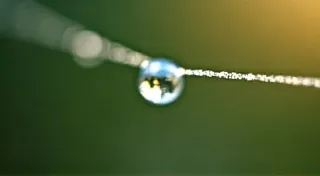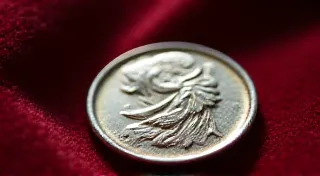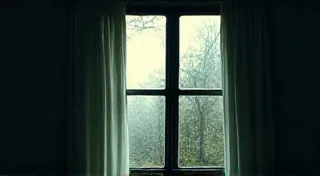The Cartographer's Map: Adapting Vintage Lenses to Modern Digital Cameras
There’s a quiet romance in handling a vintage camera. The cool, smooth metal, the precisely engineered gears, the faint scent of time clinging to the leatherette—it speaks of an era where artistry and engineering danced in perfect harmony. Many of us, drawn to the tactile appeal and unique character of film photography, find ourselves captivated by antique cameras and the incredible lenses they once housed. But what happens when the camera itself is beyond reasonable repair, or simply unavailable? The answer often lies in adapting those magnificent vintage lenses to our modern digital bodies—a cartographer’s task of mapping a historical artifact onto a contemporary canvas.
My own journey began with a battered Yashica Electro S. Its automatic shutter was stubbornly locked, rendering it unusable. Yet, the Yashinon 50mm f/2 lens—a reputation for sharpness and character—whispered promises of beauty. That’s when I stumbled upon the world of lens adapters. It felt akin to unlocking a forgotten chapter, breathing new life into a relic of photographic history.
A Legacy of Craftsmanship
To truly appreciate adapting vintage lenses, it’s vital to understand their context. Consider the lenses of the mid-20th century. They were products of an age when mass production hadn’t yet entirely eclipsed meticulous craftsmanship. Each coating, each element, was often the result of careful consideration and skilled labor. German lenses like those from Zeiss and Schneider were revered for their precision and optical performance. Japanese lenses, such as the Nikkor and Topcon, rapidly caught up, sometimes surpassing their European counterparts. Soviet lenses, while sometimes less consistent, often boasted surprising optical qualities and a rugged build.
These weren’t just tools; they were expressions of an era’s ideals—durability, elegance, and a commitment to quality. The coatings, often single-layered, impart a distinctive look – a subtle warmth, a distinct glow—that's difficult to replicate with modern multi-layered coatings. They’re imperfections, perhaps, but they’re also character. And that character is something worth preserving and sharing. Understanding the historical journey of photographic tools requires looking at how they're made, and what they represent – it's not simply a story of mechanics but one of cultural significance. This is an echo of the metal, resonating across decades.
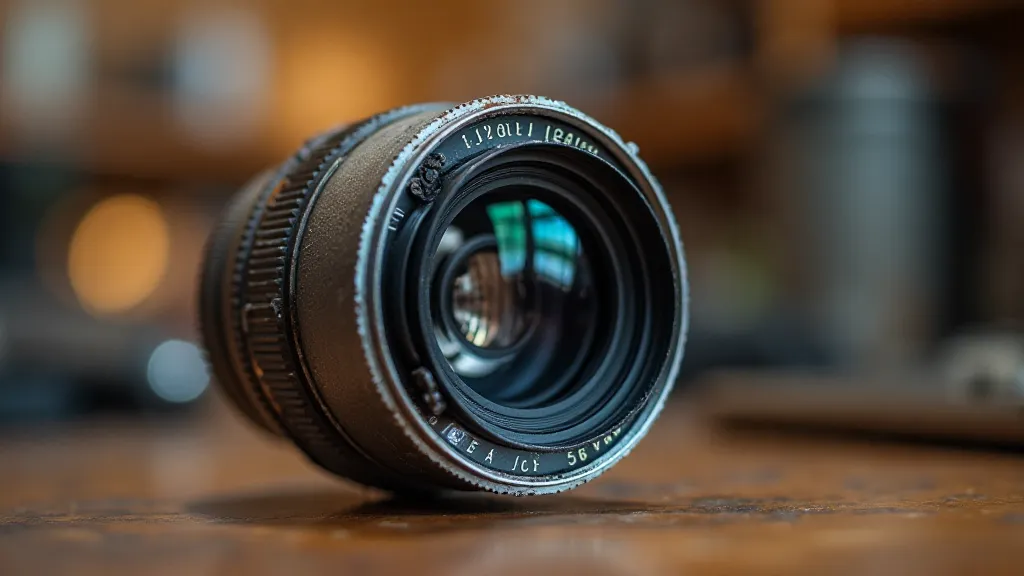
The Tools of the Cartographer: Adapters and Beyond
Adapting a vintage lens to a modern digital camera isn’t simply a matter of slapping on any old piece of metal. It requires understanding a few key principles. The primary hurdle is the lens mount. Vintage cameras used a vast array of mounts – M42, Pentax K, Exakta, and countless others – all incompatible with the modern mounts found on DSLRs and mirrorless cameras. This is where adapters come into play.
Adapters are essentially intermediary rings that connect the vintage lens to the digital camera body. They come in various types:
- Simple Adapters: These provide a basic connection, allowing the lens to physically mount and focus. They typically don’t offer any extra functionality.
- Split-Ring Adapters: These adapters have split rings that can be adjusted to accommodate different flange focal distances, offering more flexibility.
- Focusing Adapters: Some adapters allow for manual focusing adjustments beyond the normal range, making it easier to achieve sharp focus.
- Aperture Control Adapters: For lenses without aperture rings, these adapters allow you to control the aperture from the camera body.
Beyond the adapter itself, you’ll need a few other tools:
- Screwdrivers: For tightening adapter screws.
- Lens Wrench (optional): For removing older lenses.
- A Clean Cloth: To clean the lens and adapter.
- A Good Light Source: To check focus and alignment.
Of course, adapting vintage lenses isn’t just about the tools; it's a discipline. The mechanical precision required to ensure accurate exposure can be a rewarding challenge. It’s a nuanced process, much like calibrating shutter speeds and ensuring accurate exposures across differing mechanisms.
The Challenges and Triumphs
Adapting vintage lenses isn’t without its challenges. One common issue is the flange focal distance. This is the distance between the lens mount and the camera’s sensor. Vintage cameras often have a longer flange focal distance than modern cameras. If the adapter isn’t properly designed or adjusted, it can result in vignetting (darkening of the corners of the image) or even prevent the lens from focusing altogether.
Another challenge is the lack of electronic communication between the vintage lens and the digital camera. You’re essentially operating in a fully manual mode. This means you’re responsible for setting the aperture, shutter speed, and focus. It’s more work, yes, but it also fosters a deeper connection to the photographic process. You become more attuned to light, composition, and the nuances of your equipment.
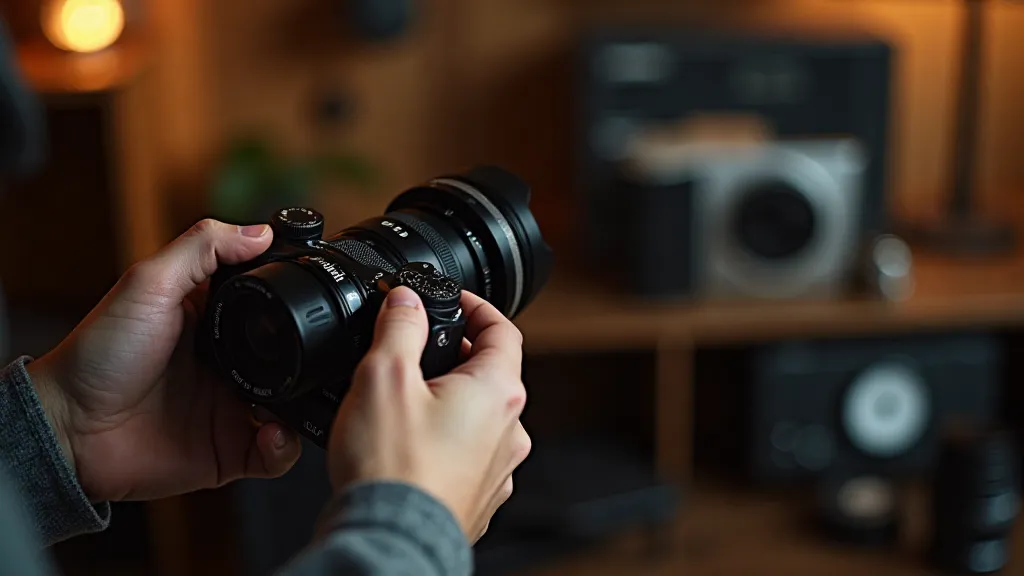
Image Quality and the Vintage Aesthetic
What about image quality? Here’s where the magic truly happens. While vintage lenses may not match the absolute sharpness of the latest modern optics, they often possess a unique character that’s difficult to replicate. The single-layer coatings, as mentioned earlier, create a distinctive glow and flare that can add a sense of warmth and nostalgia to your images. The softer edges and subtle aberrations can create a dreamy, romantic look.
Furthermore, vintage lenses often exhibit “character marks”—swirling bokeh, unique color rendering—that add personality and visual interest to your photographs. It’s not about technical perfection; it’s about capturing a feeling, a mood, a specific aesthetic. The visual storytelling possible with this method is a unique reward.
Beyond the Lens: Tracing Photographic Evolution
The act of adapting vintage lenses isn't just about breathing new life into old glass; it's a tangible link to the past, allowing us to understand how photographic technology has evolved. Each lens tells a story – a story of design, manufacturing, and the changing needs of photographers. If you are interested in truly exploring this fascinating journey, consider the Cartographer of Time: Using Vintage Cameras to Trace Photographic Evolution, a journey through the tools and innovation that shape how we see the world.
More Than Just a Technical Exercise
Adapting vintage lenses to modern digital cameras is more than just a technical exercise. It's a way to connect with photographic history, to appreciate the craftsmanship of a bygone era, and to infuse your images with a unique character. It’s a chance to rediscover the joy of manual photography and to unlock the creative potential of forgotten treasures. There's a quiet satisfaction in taking a lens that was once destined for obsolescence and giving it a new lease on life, allowing its legacy to continue inspiring photographers for generations to come.
It’s a cartographer’s map, indeed—a deliberate act of translation, bridging the gap between past and present, and charting a new course for the enduring beauty of vintage optics. The story behind each component of this process – the design and construction – resonates with a unique charm that can be found if you delve deeper.

